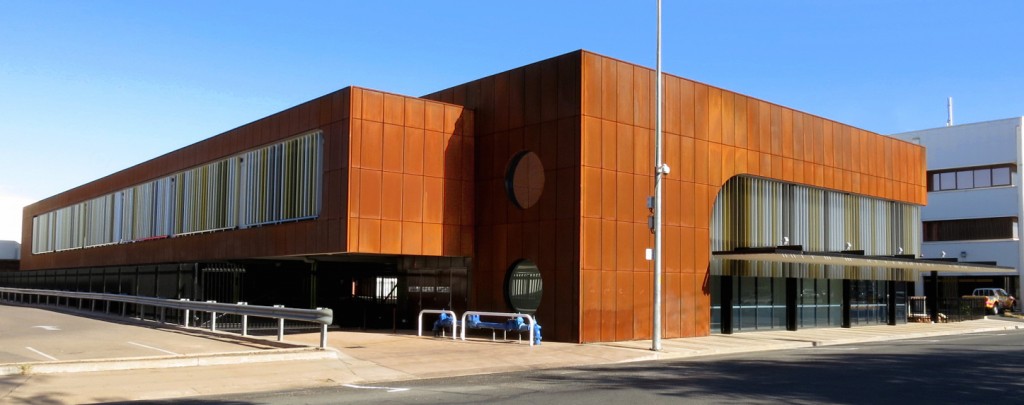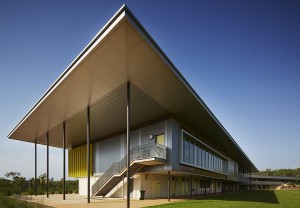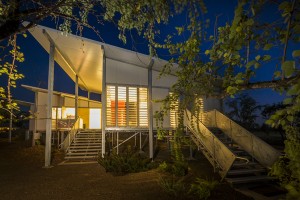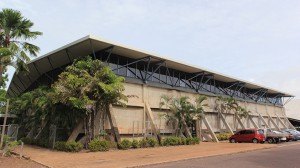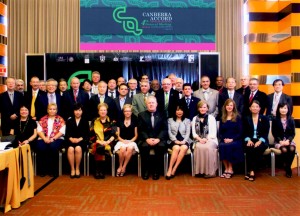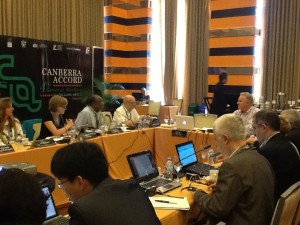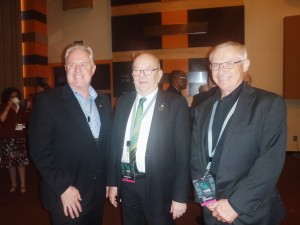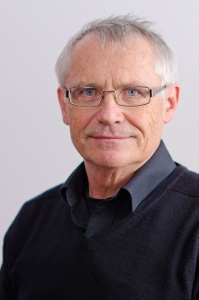Twenty of South Australia’s best architectural projects, from a strong field of forty-three, have been recognised at the Australian Institute of Architects’ 2013 South Australian Architecture Awards announced tonight at the Adelaide Entertainment Centre.
The state’s highest honour, the Jack McConnell Award for Public Architecture, once again went to a leading university research building with BVN Donovan Hill and Hames Sharley (architects in association) taking out the award for The Braggs, University of Adelaide.
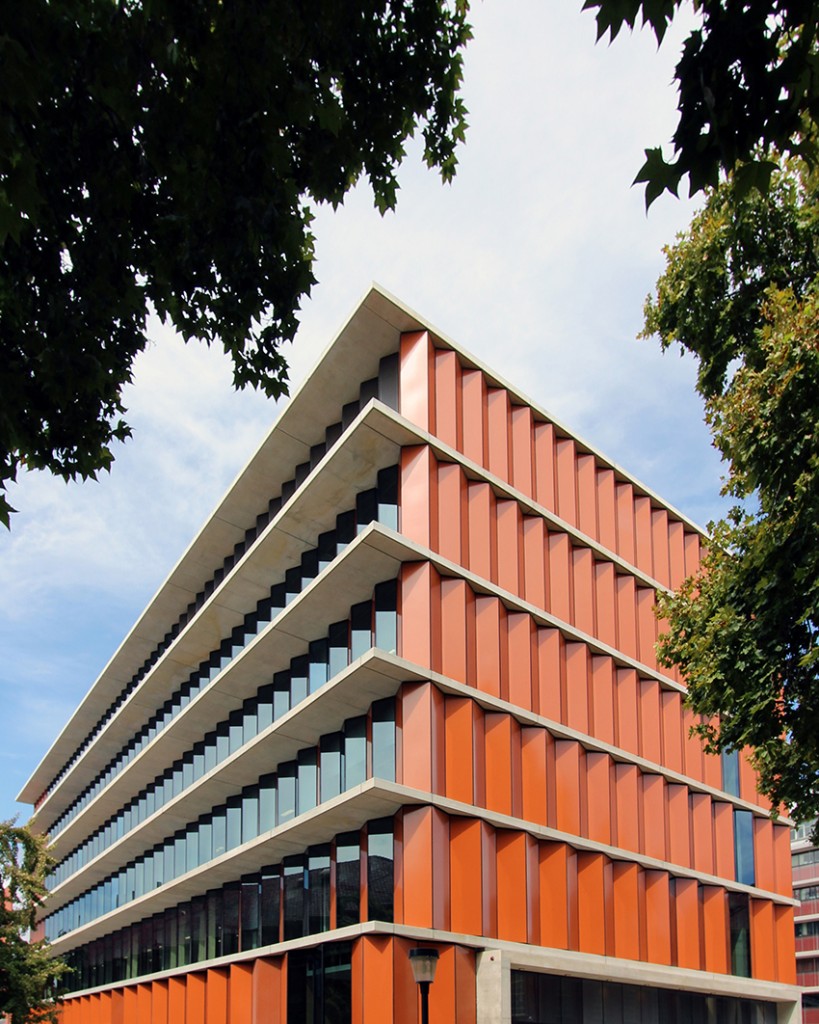
This new research facility for photonics and advanced sensing symbolically represents its internal function through an external crystalline form that shimmers through its reflection and refraction of light throughout the day.
‘The Braggs Building was a clear winner of this award. We were impressed with its clear conceptual basis drawn from the research program it houses. It is strongly expressive of and responsive to the medium of photonics through its use of glass and light.
‘The strong logic underlying planning and form is demonstrative of a thoroughly considered project that effectively communicates the nature of science, technology and light,’ the jury noted.
An ‘elegant and refined’ glass house in the Barossa Valley by Max Pritchard Architect impressed the residential architecture jury and was awarded the John S Chappel Award for Residential Architecture – Houses.

‘Situated on top of a rolling hill and imbedded partially within the ground, the architect has confidently executed a building that is a delight to behold and experience,’ stated the jury.
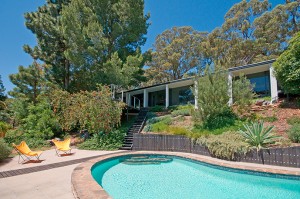
The Derrick Kendrick Award for Sustainable Architecture was awarded to enduring project, Roach House Belair by Rod Roach Architect, entered by David Ey.
‘This house has endured and has stood the test of time and remains quite simply an exemplar of intelligent and economically sustainable design.
‘Among other enduring aspects of this house, we felt strongly that this is a clever example of fundamental ecologically sustainable development principals at work.’
Hassell’s Murray Bridge Library was awarded the Robert Dickson Award for Interior Architecture.
‘The new Murray Bridge Library, with its views over the river has radically changed the way local users interact with their library.
‘The success of the briefing, community engagement, design process, and execution can be seen in the huge increase in users of the library, and the general attitude and satisfaction of the staff, who are clearly very proud of their new facility,’ the jury commented.
The COLORBOND® Award for Steel Architecture went to MPH Architects for the Thebarton Community Centre.
‘The centre brings together a variety of user groups in a contemporary building that successfully negotiates budget and local government constraints with the ambition for a local landmark.
‘The use of steel played an integral role in realising the building’s geometries, which have been drawn from site and conceptual logics.’

Other awards presented on the night were:
Public Architecture
Architecture Award – Flinders Centre for Innovation in Cancer by Woodhead
Commendation – Thebarton Community Centre by MPH Architects
Commendation – St Peter’s Town Hall Complex by Phillips/Pilkington & Flightpath Architects (in association)
Commendation – Flinders University Biology Discovery Centre by Hassell
Residential Architecture – Houses
Architecture Award – Residence 2012 by Walter Brooke & Associates
Architecture Award – Rose Park Residence by Dimitty Andersen Architects
Commendation – Goolwa Beach House by Grieve Gillett Pty Ltd
Commendation – The Captain by C4 Architects
Residential Architecture – Multiple Housing
Architecture Award– Alta by Tectvs
Commercial Architecture
Commendation – Australian Federal Police Headquarters by Walter Brooke & Associates
Sustainable Architecture
Architecture Award – Goolwa Beach House by Grieve Gillett Pty Ltd
Architecture Award – Barossa Valley Glass House by Max Pritchard Architect
Commendation – Fan and Flare by Khab Architects
Small Project Architecture
Architecture Award – Sticky Rice B&Bs by John Adam Architect
Commendation – Burnside Substation by Tectvs
Heritage
Architecture Award – St Peter’s Town Hall Complex by Phillips/Pilkington & Flightpath (architects in association)
COLORBOND® Award for Steel Architecture
Commendation – Benson Radiology Salisbury by Tridente Architects
The City of Adelaide Prize
Bonython Park Upgrade – New Playspace by WAX Design Pty Ltd and Ric McConaghy
Archicentre Renovation Award
Commendation – Hazelwood Park Residence by Energy Architects
Projects that received a Named Award or an Architecture Award now progress to the 2013 National Architecture Awards to be announced in Sydney on 7 November.
For details and images of each project please visit www.voice.architecture.com.au.

